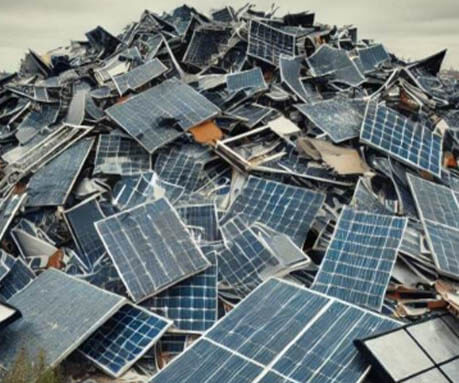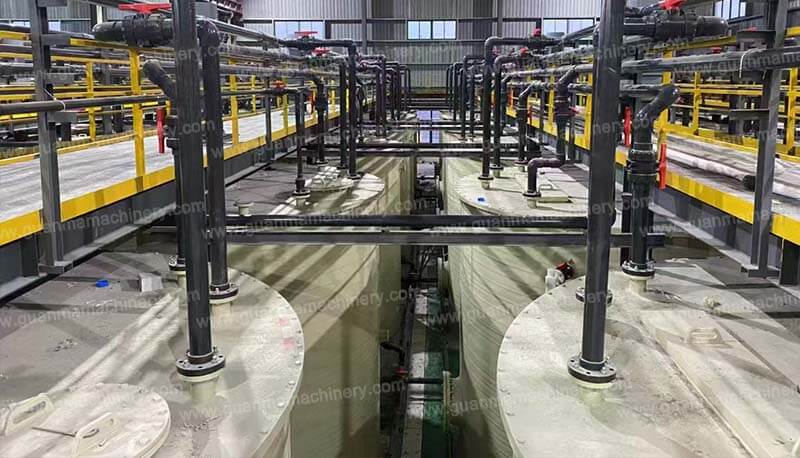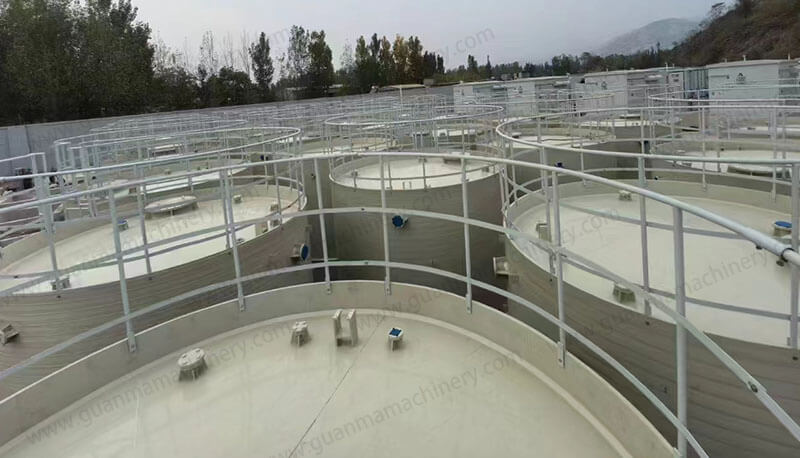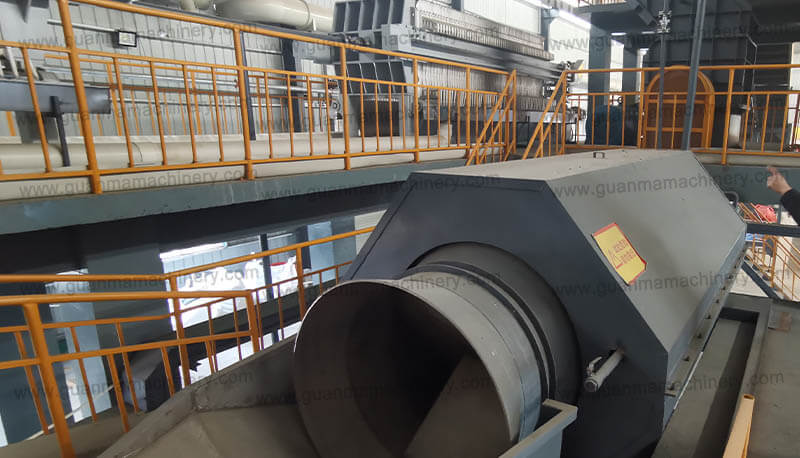Waste Lithium Batteries Recycling Discharge Methods
The initial step in recycling waste lithium batteries is discharging, which ensures that the batteries do not pose safety risks such as short circuits, fires, or explosions during subsequent dismantling and processing due to residual energy. Below are several common discharge methods, along with detailed explanations:
1. Saltwater Soaking Method
Principle: Lithium batteries are soaked in saltwater, utilizing the conductivity of the saltwater to form a current loop between the battery’s positive and negative terminals, thereby slowly releasing the remaining energy.
Steps:
1. Prepare a corrosion-resistant container (e.g., a plastic bucket) and add 5%-10% saltwater (avoid high concentrations to prevent corrosion of the battery casing).
2. Place the waste lithium batteries into the saltwater, ensuring they are fully submerged.
3. Soak for more than 24 hours until the battery voltage drops to a safe range (typically below 1V).
Precautions:
The battery casing must be intact to prevent saltwater from entering the battery and causing contamination or chemical reactions.
A small amount of gas may be generated during soaking, so operate in a well-ventilated area.
After soaking, dry the batteries to avoid residual saltwater corroding equipment.
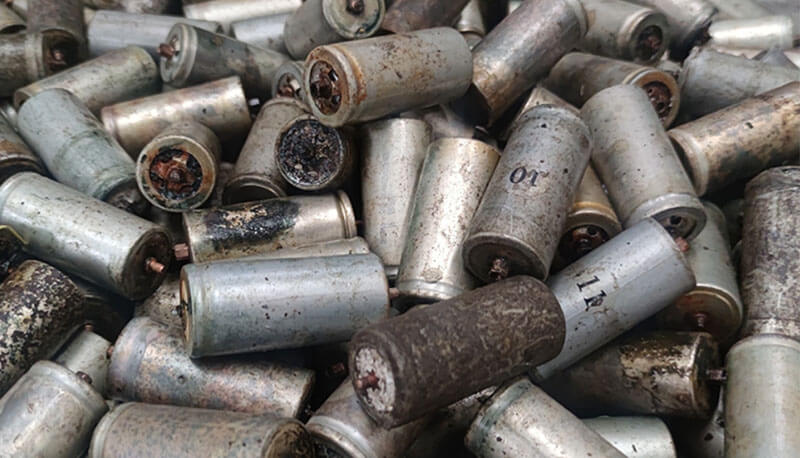
2. Resistor Discharge Method
Principle: An external resistor or resistor box is connected to the battery’s positive and negative terminals, using the resistor to consume the battery’s energy and achieve discharge.
Steps:
1. Select a suitable resistor (e.g., a high-power cement resistor) based on the battery’s voltage and capacity.
2. Connect the resistor to the battery’s positive and negative terminals to form a closed circuit.
3. Continue discharging until the battery voltage drops to a safe range (typically below 1V).
Precautions:
Choose the resistor’s power and resistance value carefully to avoid overheating or excessively fast discharge.
Monitor the battery temperature during discharge to prevent overheating and potential hazards.
Operate in a well-ventilated area and have fire extinguishing equipment ready.
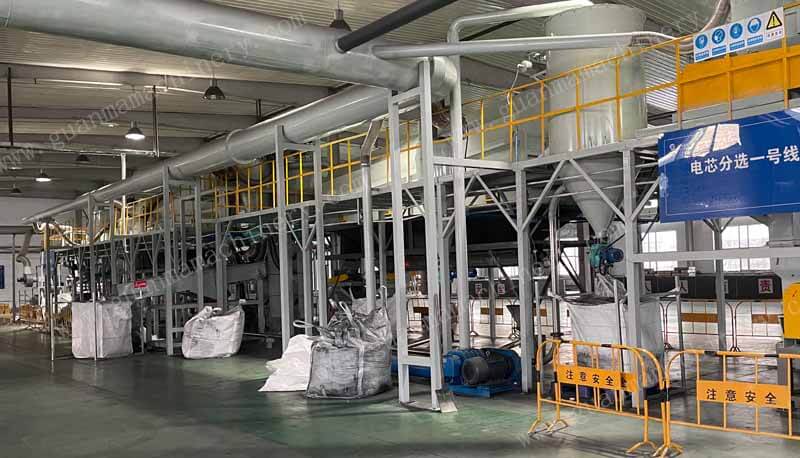
3. Electronic Load Discharge Method
Principle: An electronic load device is used to release the battery’s energy in a controlled manner by setting the discharge current and cutoff voltage.
Steps:
1. Connect the battery’s positive and negative terminals to the input of the electronic load device.
2. Set discharge parameters (e.g., discharge current, cutoff voltage).
3. Start the electronic load to begin discharging until the battery voltage reaches the set value.
Precautions:
Electronic load devices are suitable for large-scale processing, offering high efficiency and safety.
Set appropriate discharge parameters based on the battery type (e.g., ternary lithium, lithium iron phosphate).
Wear protective gear during operation to avoid accidental short circuits or overheating.
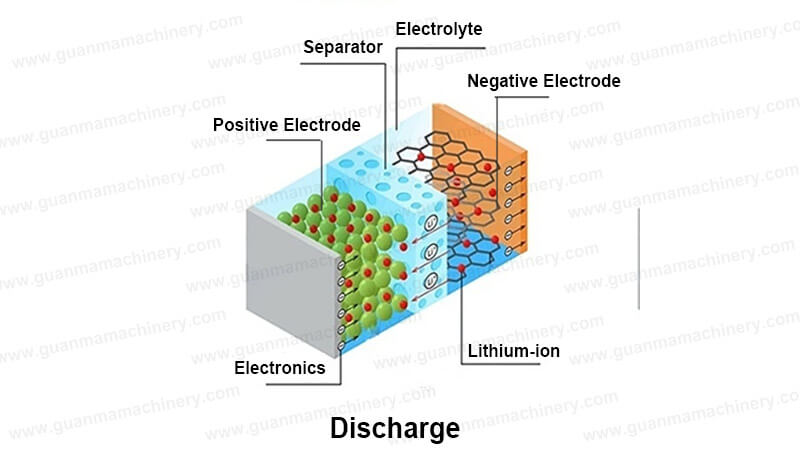
4. Natural Discharge Method
Principle: Waste lithium batteries are placed in a dry, ventilated environment, utilizing the battery’s self-discharge characteristics to slowly release energy.
Steps:
1. Place the batteries in a safe area, avoiding contact with metal objects.
2. Wait for several weeks to months until the battery voltage drops to a safe range.
Precautions:
This method is time-consuming and suitable for small-scale processing.
Regularly check the battery status to prevent accidental short circuits or leakage.
Among the methods above, the saltwater soaking method and resistor discharge method are simple and commonly used, suitable for small-scale processing. The electronic load discharge method is ideal for large-scale, high-efficiency recycling. Regardless of the method chosen, always prioritize safety to avoid short circuits, overheating, or fires, and ensure environmental protection measures are in place.
By implementing these discharge methods, the recycling process for waste lithium batteries can be made safer, more efficient, and environmentally friendly.

